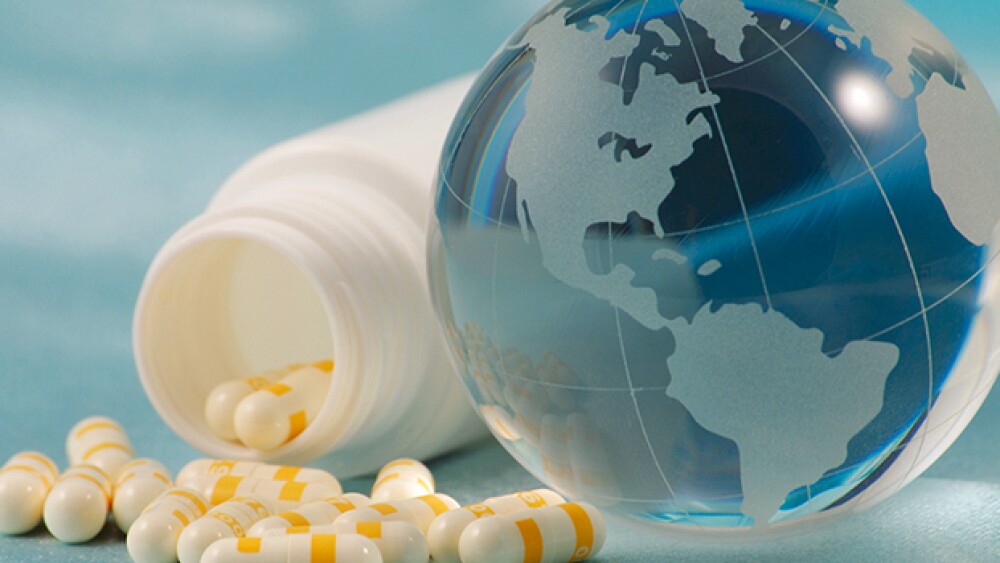The five top-selling drugs brought in a combined $48B so far this year.
The five top-selling drugs brought in a combined $48 billion so far this year. Consider that in 2016, combined prescription drug sales in the U.S. were $328.6 billion, and it’s obvious just how important these drugs are to the companies that sell them. Keith Speights, writing for The Motley Fool, looks at the top five.
1. AbbVie’s Humira
Perhaps no surprise, Humira has been the best-est of the best sellers for several years. It’s on track to bring in $18 billion this year alone. And Speights suspects it’ll be the top dog next year as well. “Although Amgen won FDA approval for its biosimilar to Humira in 2016, the drug still isn’t on the market. Thanks to an agreement between AbbVie and Amgen, the biosimilar won’t be sold in the U.S. until early 2023. While Amgen will market the product in Europe beginning Oct. 16, 2018, around two-thirds of Humira’s total revenue comes from the United States.”
2. Celgene’s Revlimid
Marketed for blood cancer, Revlid made $7 billion in 2016 and is expected to surpass $8 billion this year. Speights notes three reasons for the increase. First, it increased market penetration. Second, the treatment duration for patients taking the drug for multiple myeloma increased. And finally, Celgene increased the price of the drug. He expects 2018 to be another good year for the drug, with sales expected to pass $9 billion. Analysts are projecting $14 billion annually in 2022.
3. Amgen and Pfizer’s Enbrel
The drug is marketed in the U.S. and Canada by Amgen and by Pfizer in other markets. It is expected to sell about $7.5 billion this year. Speights writes, “Look for Enbrel to stay on the list next year, albeit with lower revenue numbers. Pfizer faces biosimilar competition for Enbrel in Europe. Meanwhile, Amgen has cut prices for the drug in the U.S. in the midst of a market crowded with alternative therapies.”
4. Roche’s Rituxan
Rituxan has been approved for non-Hodgkin lymphoma, chronic lymphocytic leukemia, and rheumatoid arthritis. That makes it a bit unusual in that it can be used to treat cancer and an autoimmune disease. It is projected to bring in around $7.5 billion in 2017. But next year it’s expected to fall out of the top five. Biosimilars for it are already marketed in Europe, and are expected in the U.S. in the next few years.
5. Roche’s Herceptin
Herceptin is approved for breast cancer and gastric cancer. It is expected to bring in $7 billion this year. Speights writes, “Like Rituxin, though, Herceptin’s days in the top five could be numbered. On Dec. 1, the FDA approved Mylan’s biosimilar to the drug. Only a few days earlier, the first European biosimilar to Herceptin won approval. Roche is also suing Pfizer to keep another Herceptin biosimilar off the U.S. market.”
Roche clearly has some strong headwinds, with its two top drugs being battered by biosimilars. The company has a deep pipeline, but it’s tough to catch lightning in a bottle again and again, and it will be difficult for the company to replace sales of Rituxan and Herceptin as they begin to fade.
Speights writes, “It’s not that any of these are horrible picks for investors, but you need to know the bad as well as the good. … Overall, I’d say that the companies with the top two best-selling drugs in the world are also two of the best drug stocks to buy.”





